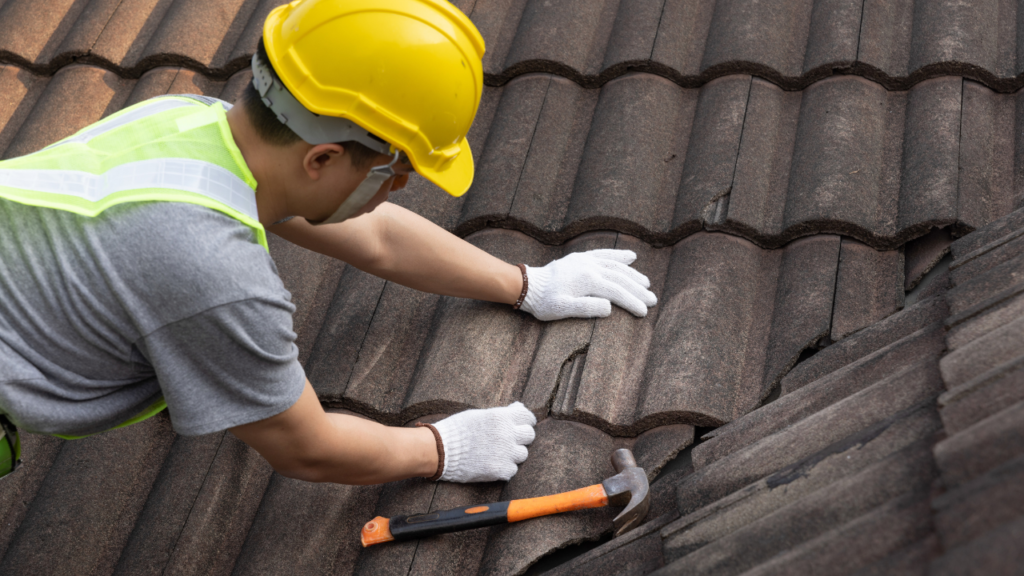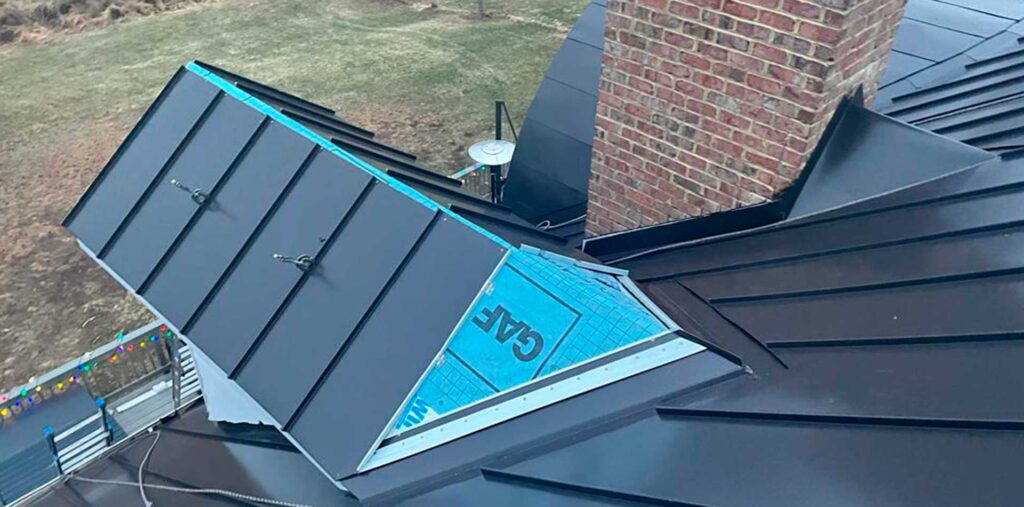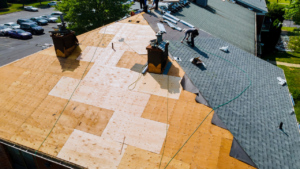Introduction
Your roof is one of the most critical components of your home, providing protection against the elements and maintaining the structural integrity of your property. But how do you know when it’s time to replace your roof? Ignoring the signs of a failing roof can lead to costly repairs and damage to your home. In this article, we’ll discuss five key indicators that it might be time to replace your roof.
Your Roof is Over 20 Years Old
Roofs are not built to last forever, and their lifespan depends largely on the materials used. Asphalt shingle roofs typically last between 20 to 25 years, while metal roofs can last 40 to 70 years, and clay or concrete tile roofs can last even longer. If your roof is approaching or has exceeded the 20-year mark, it’s time to start considering a replacement.
Over time, roofing materials deteriorate due to exposure to the elements. Shingles can become brittle, tiles can crack, and metal can corrode. Even if your roof appears to be in decent condition from the ground, there could be underlying issues that compromise its ability to protect your home.
Visible Damage and Wear

Visible damage is one of the most obvious signs that your roof needs attention. Look for missing, cracked, or curling shingles, which can indicate that the shingles have reached the end of their lifespan. Additionally, check for granules in the gutters; this is a sign that the protective coating on the shingles is wearing away.
Other visible signs include:
- Bald spots: Areas where the granules are completely worn off.
- Moss or algae growth: These can trap moisture and cause damage.
- Damaged flashing: This is the material used to seal areas where the roof meets vertical structures like chimneys or skylights.
If you notice any of these signs, it’s essential to address them promptly to prevent further damage.
Persistent Leaks and Water Damage
One of the most troubling signs of a failing roof is water damage. If you notice water stains on your ceilings or walls, it’s a clear indication that your roof is no longer providing adequate protection. Leaks can lead to mold growth, which poses health risks to your family and can damage the structural components of your home.
To identify water damage:
- Inspect your attic: Look for signs of water penetration, such as damp insulation or water stains.
- Check your ceilings and walls: Water stains or peeling paint can indicate leaks.
- Look for mold: Musty odors or visible mold growth are signs of moisture problems.
Addressing water damage promptly is crucial to prevent extensive repairs and maintain a healthy living environment.
Sagging or Drooping Roof
A sagging or drooping roof is a serious issue that requires immediate attention. This can be caused by structural problems, such as weakened supports or excessive weight from snow and ice. A sagging roof not only looks unsightly but also indicates that the structural integrity of your home is compromised.
Common causes of a sagging roof include:
- Water damage: Prolonged exposure to moisture can weaken the roof’s supports.
- Poor installation: Improper installation techniques can lead to structural issues over time.
- Excessive weight: Accumulated snow, ice, or debris can put undue stress on the roof.
If you notice any sagging or drooping, it’s crucial to contact a professional roofing contractor immediately to assess the damage and recommend the necessary repairs or replacement.
Unusually High Energy Bills
A significant increase in your energy bills can be a sign that your roof is no longer providing adequate insulation. A damaged or deteriorating roof can allow heat to escape in the winter and cool air to escape in the summer, making your HVAC system work harder to maintain a comfortable temperature.
To determine if your roof is affecting your energy efficiency:
- Inspect for drafts: Check for drafts in the attic or upper rooms.
- Check insulation: Ensure that your attic insulation is sufficient and in good condition.
- Review energy bills: Compare your energy bills over the past few years to identify any significant increases.
Replacing an old or damaged roof with modern, energy-efficient materials can significantly reduce your energy bills and improve your home’s overall comfort.
Conclusion

Recognizing the signs that it’s time to replace your roof can save you from costly repairs and extensive damage to your home. If your roof is over 20 years old, shows visible damage, has persistent leaks, is sagging, or is causing high energy bills, it’s time to consider a replacement. By addressing these issues promptly, you can protect your investment, enhance your home’s value, and ensure a safe and comfortable living environment for your family.
Additional Tips
- Preventive Measures: Regularly clean your gutters, inspect your roof for damage, and address minor repairs promptly to extend the lifespan of your roof.
- Choosing a Contractor: Look for licensed and insured contractors with positive reviews and a solid reputation in the community. Get multiple quotes and check references before making a decision.
FAQs Section
- How often should I inspect my roof?
- It’s recommended to inspect your roof at least twice a year, in the spring and fall, and after major storms.
- Can I replace my roof myself?
- While minor repairs can be DIY projects, roof replacement is complex and best left to professionals to ensure safety and quality.
- What are the most durable roofing materials?
- Metal and tile roofs are among the most durable, with lifespans that can exceed 50 years.






